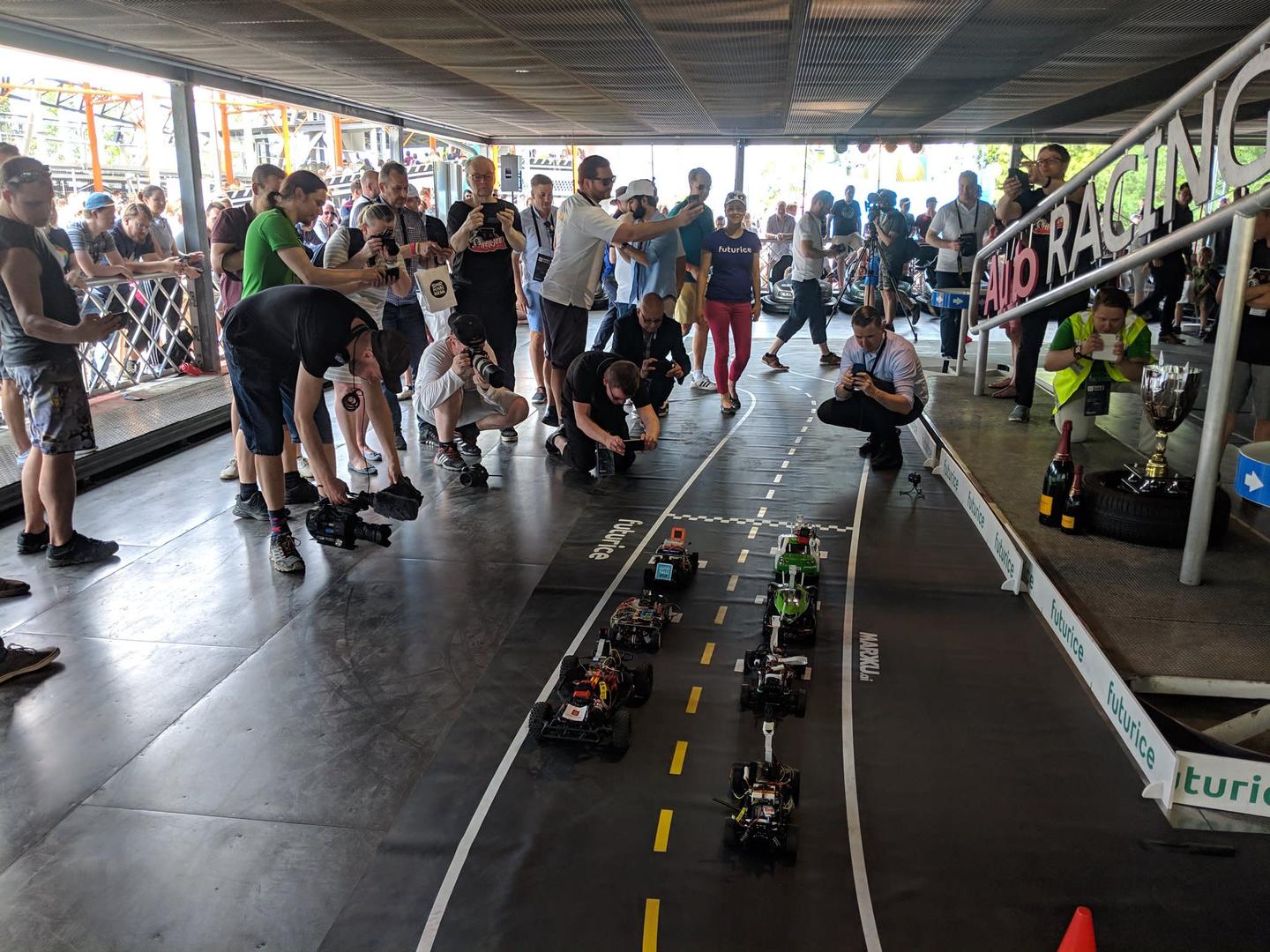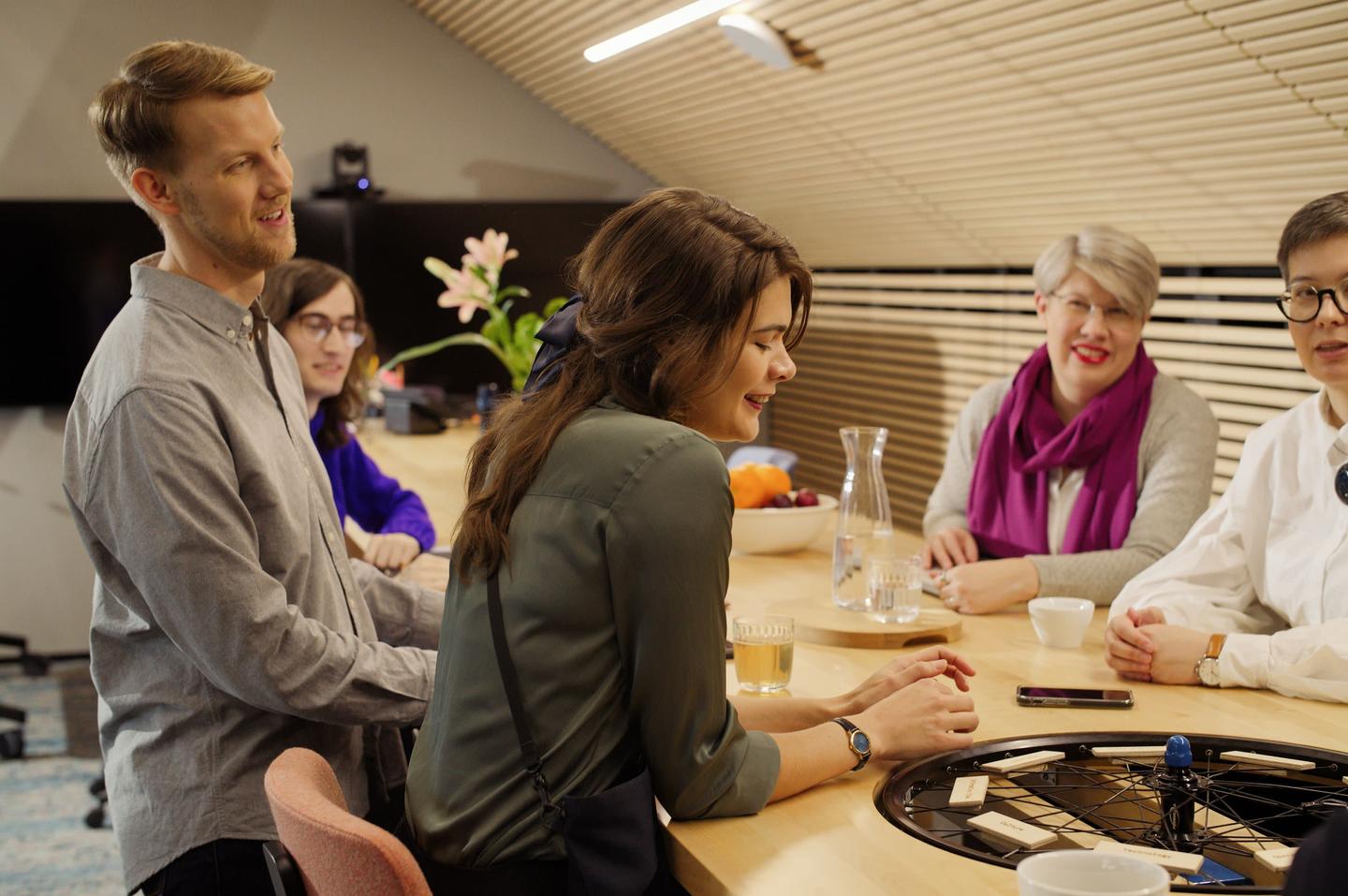Some of the oddest things we've built
Throughout the years of Futurice’s existence, we’ve been engaged in plenty of seemingly silly things which have resulted in lessons learned and also some very delightful outcomes. And sometimes things get off the rails BIG time.
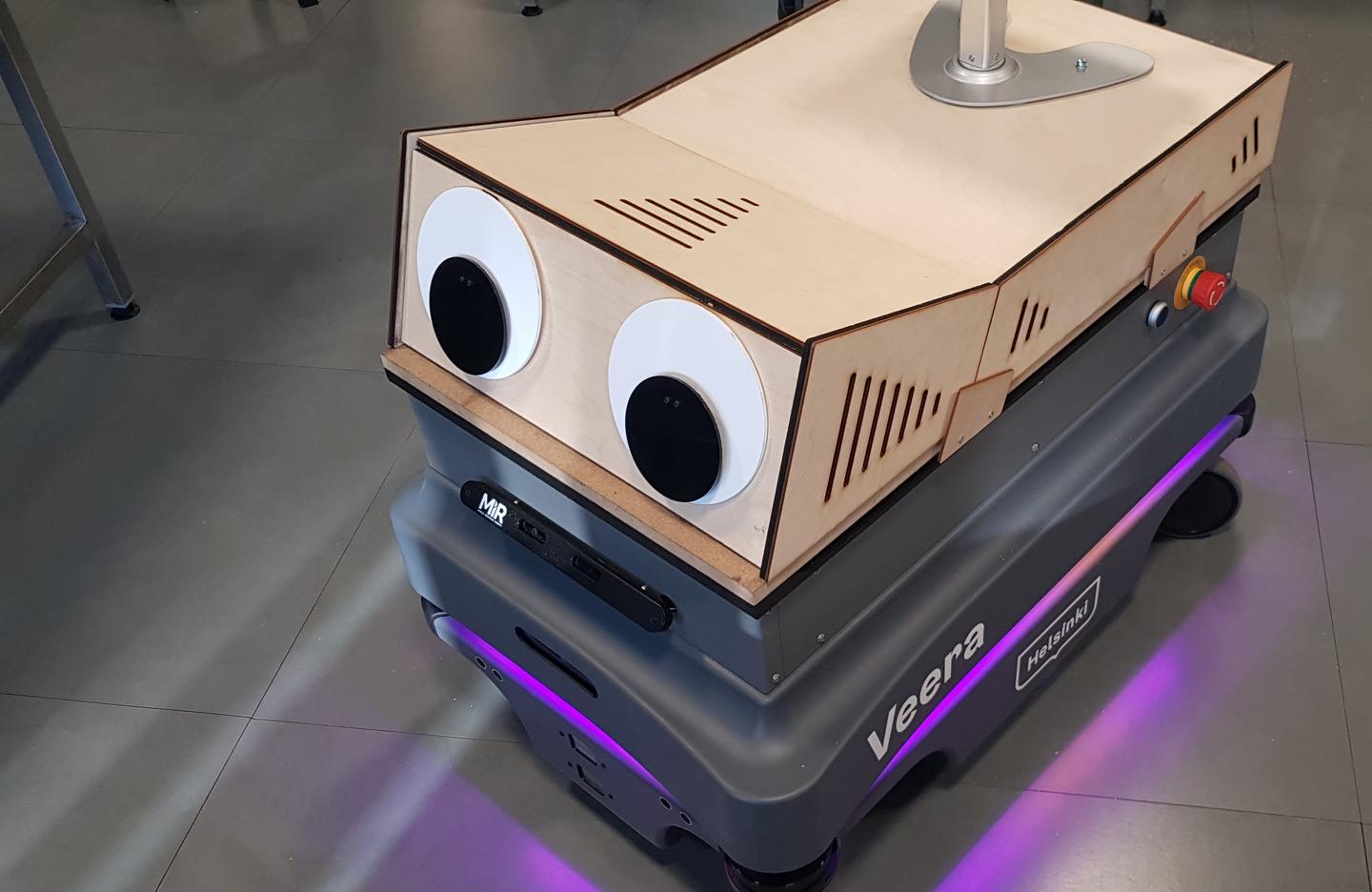
“Silloin tällöin on tehtävä hoopoja asioita”
That's a phrase Moominmamma said in one episode of the Moomin television series.
As we here at Futurice are usually working to build and scale digital services which tend to materialize for the end users in the form of a web application or a mobile app, we aren’t afraid to explore beyond the typical stuff for learning & experimentation purposes.
In order to preserve this history of interesting projects, I’ve selected a couple of them in this blog post to share with the wider audience and hopefully spark a bit of a digital adventurer spirit in everyone to go beyond their usual set of tools and make something that is not considered normal.
What do you get when you combine service design, a public library, a Mobile Industrial Robotics MiR200 autonomous robot platform, and digital service development? You get Veera (pictured), a guide robot roaming the floors of Helsinki city library Oodi. As Oodi is BIG in automation and utilization of robotics, Futurice engaged with them in service design workshops to figure out clever uses for these things that would benefit library end users. The end result was an indoor navigation assistant, which was a MIR platform equipped with a touchscreen and fitted with custom cut chassis extension to give it a bit more non-industrial look. And (motorized) googly eyes.
An industrial robot (not to be confused with Cyberdyne systems creations) roaming the hallways is definitely something a bit different from your standard React app or a data pipeline, but it sure was cute and helpful.
You can read a more detailed story here and here you can find a video of Veera in action.
Also, did you know googly eyes make robots more approachable?
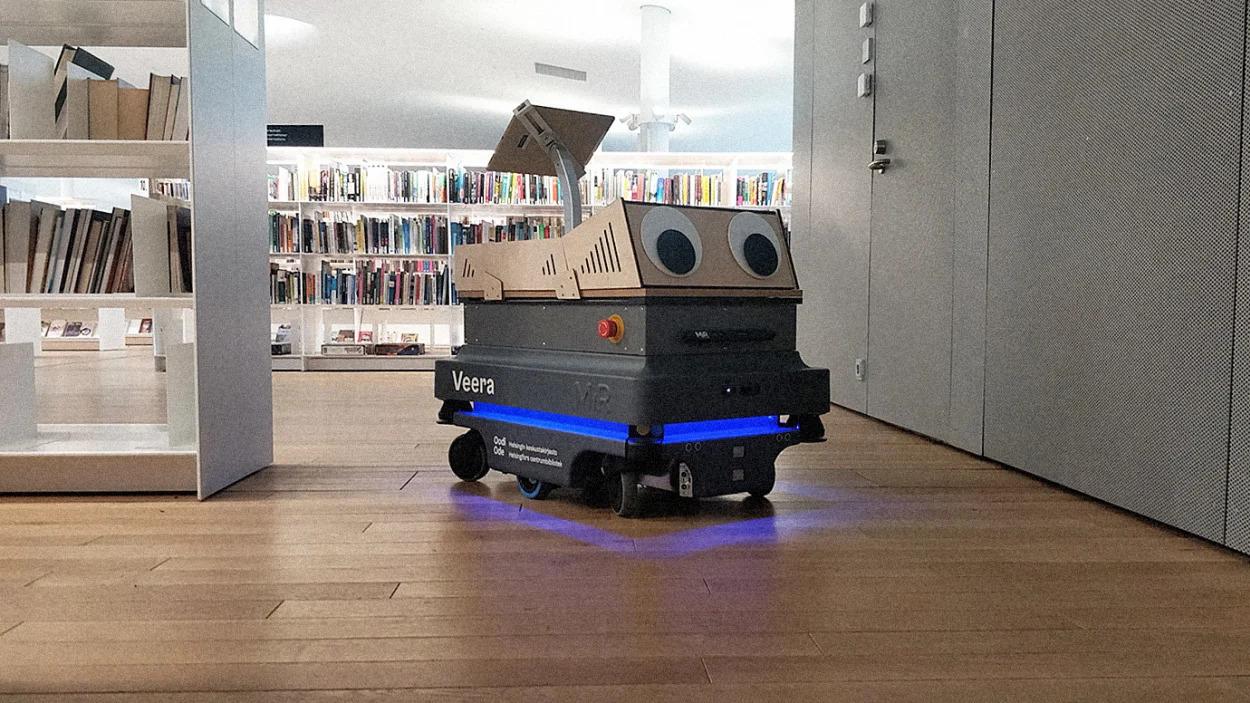
Custom-designed and self-soldered hardware to set up a data pipeline
Data pipelines and data engineering in general is a hot topic and just recently we were tasked with a proof-of-concept project where an existing batch of “non-smart” devices needed to be tracked remotely. Could we do it? Futurice doesn't usually engage directly in hardware or embedded projects (we have our partner network for these things), but this time we took on the challenge ourselves as the scope was quite limited and we had enthusiastic developers with embedded experience interested to work on the topic.
So, how do you connect an existing thing to the internet when it lacks all means of connectivity and runs from a 12V power source in a pretty difficult location? Well you design a custom device which can detect the flow of current in the existing device and relay the findings to a nearby wireless network.
You then proceed to order a batch of our self designed PCBs and solder in the necessary components such as a microcontroller with several connectivity options. And you draw power from the same power source as the target device itself to power the whole thing up without needing any additional wiring.
The end result? A dumb device retrofitted with a custom connectivity solution which now communicates through an MQTT broker and data being piped into a cloud storage for further analysis and giving some insight to a fleet of devices scatter around a pretty BIG area.
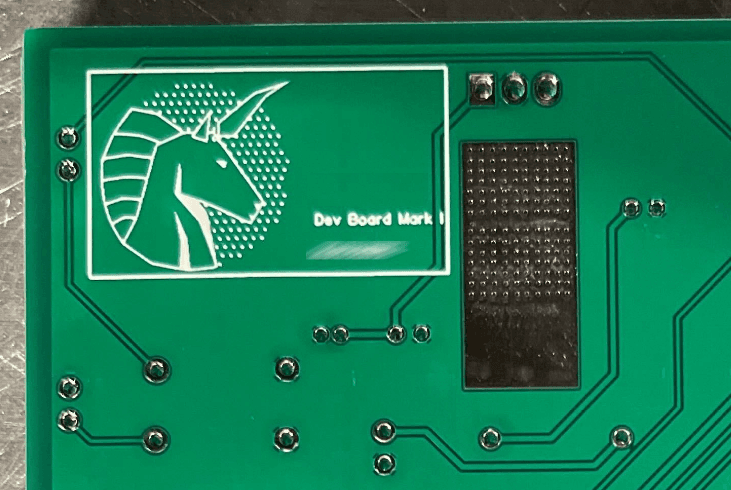
A planetarium sized space shooter
If we don’t usually engage in embedded software, almost as rarely we work with games (even there are exceptions here as well). Well, what would you do when someone really would like to work on creating some good old arcade mayhem?
Well, we’ve had a tradition to organize parties for our employees and clients (which unfortunately have been on hold during the whole COVID thing). And whenever we throw a party, there’s a good chance you encounter stuff developed just for the occasion. Well this one time the occasion presented us with an interesting canvas to draw on.
With mobile gaming on the rise and games being played more and more on the small screen, we swam to the opposite direction and built an arcade style retro space shooter to be played - at minimum - on a planetarium sized screen. And that’s a BIG screen.
The installation was part of our Futuparty event which took place in Science Center Heureka in 2016. Party visitors could sit comfortably in the planetarium, grab a controller, and start blasting away their fellow party people.
The source code can still be found from Futurice GitHub. It might use a couple of tweaks after 6 years of non-maintenance, though.
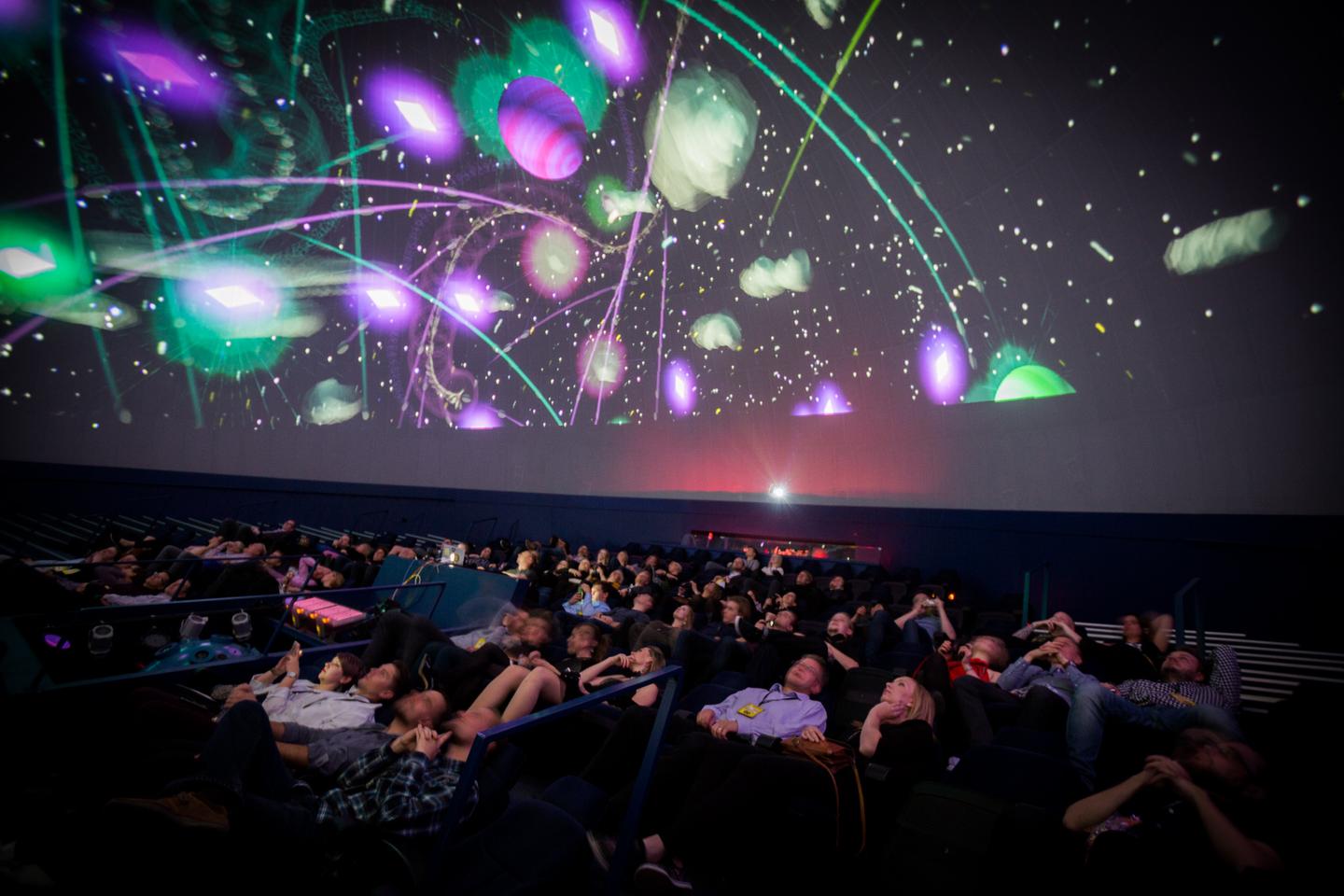
A media player for a device which didn’t support media files
Many years ago, we were helping out to develop software for a device. For demonstration purposes, we were tasked to develop a media player to showcase the device's abilities to do certain HTTP requests and what kind of APIs were available for different use cases related to audio. This could mean something BIG for the remotely hosted audio market globally.
The trick was, the device itself couldn’t actually play any of the media files offered through the API endpoints. Goal was to demo just the API capabilities, not the media player.
At Futurice, we always start from the end user and business value perspective and aim to create services which bring value to our clients as well as their end customers. In this case, the task was to create a thing which was never going to be used in any useful way.
Unfortunately, no pictures or screenshots available. Only a memory that remains in our hearts forever (and based on my archeology work, comes up quite accurately every 2 years in our internal channels when someone remembers this was a thing and asks how it all went down).
A self driving car (well, kind of)
This one has been circling around the internet in quite many places, but deserves a place on this list as well. And might be most off-the-rails we have on the list.
Building self-driving cars is, like, really hard. And expensive! Ask Tesla or any of their competitors.
But what if you could do the same thing in small size (and with a shoestring budget)? Our Helsinki office had couple of emerging tech enthusiasts who were planning to order and build a Donkeycar - a self-driving RC car. As the discussions went on in the company channels, our fellow Tampere office employees had the usual “Well we’ll build a better car than you!” approach and the game (or race) was on! In Tampere, we named the car Markku in respect to the legendary Finnish rally driver Markku Alén and his well known “Maximum Attack” phrase being morphed into “Maximum AIttack”. See what we did there?
The idea was to organize a race between Helsinki and Tampere offices for our Christmas party, but due to lack of time this race never came to be. Luckily, there was the next year.
The Donkeycar concept and our competition gained more interest internally. Other sites got engaged and we now had teams forming in Germany and the UK. At some point, our clients got a hang of this and brought their own teams in. Also universities in Finland were dragged in with their own contraptions.
OK, this was going to be BIG. We had almost ten teams each with their own approach to the self-driving RC platform and we needed a place to run the competition. What better place for the first ever (documented) self-driving RC car race in Finland there would be than the Särkänniemi amusement park bumper car track in Tampere?
As the preparations were on their way, we might have pitched the thing to Teknavi, a Finnish motorsports TV show. And not long after, we had Markku the RC car and Markku Alén the TV show host/rally driver sitting in Näsinneula observation towers restaurant discussing the future of self-driving cars. You know how these internal jokes turn out eventually, right?
See for yourselves the Teknavi episode
The race came, Markku.ai simply died on the starting grid (faulty wire connections), and a lot of fun was had.
The Markku.ai platform was later used in several AI focused workshops with our clients to discuss machine vision, supervised learning and prototyping in miniature scale instead of investing in real sized things early on in R&D processes. And a lot was learned by our people both from machine vision as well as organizing live events for a ton of people.
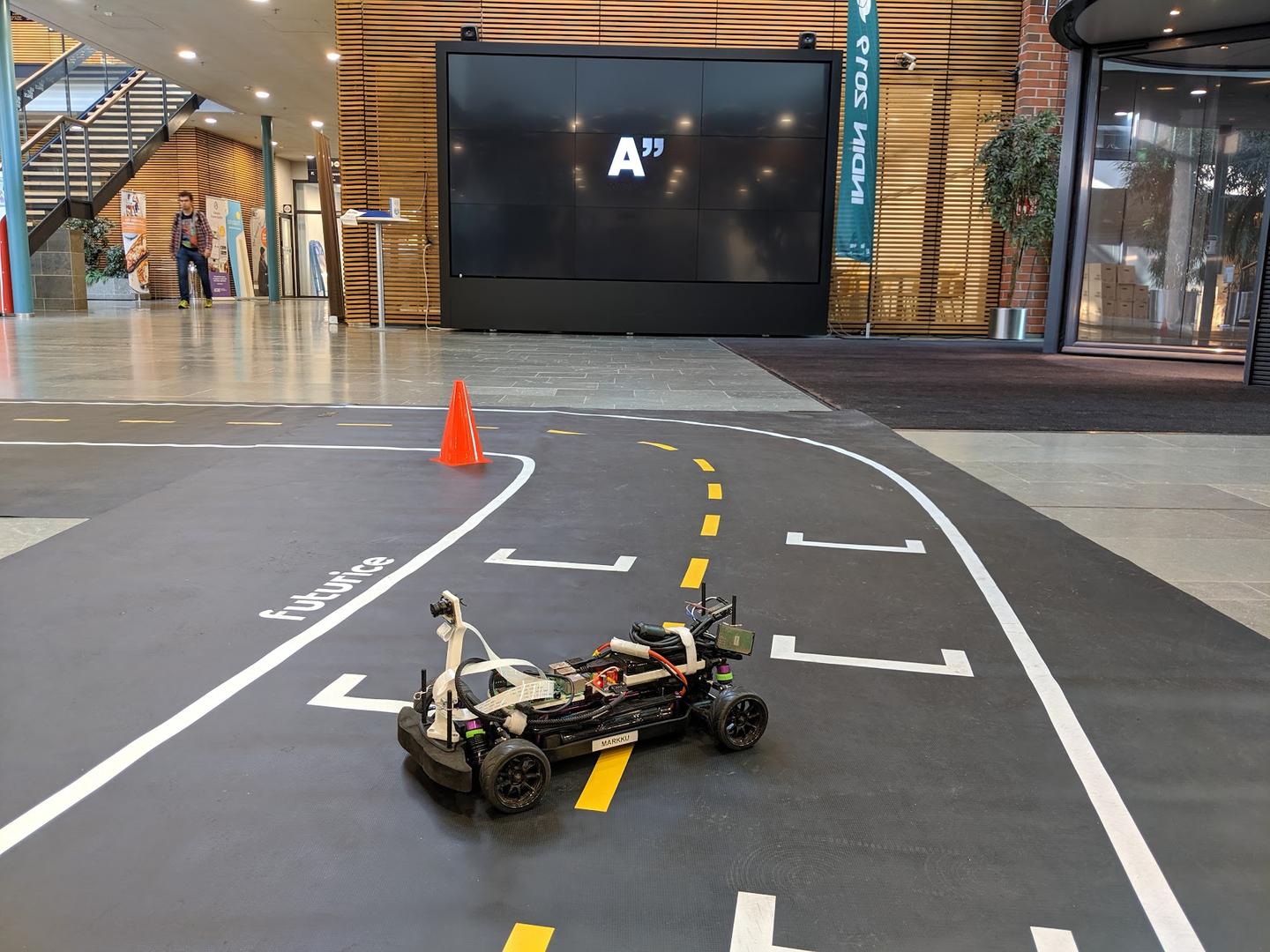
MS DOS for Windows Phone
We all have our favorite apps we use on a daily basis. Be it TikTok, LinkedIn, your go-to audio book app and so on. But how about having the beloved text based OS on your phone to enjoy it on the go?
That’s exactly what we were tasked to do with the Windows Phone back in 2015. It was time to bring MS DOS to the small screen! Launching your favorite text-based programs using only the command line and on-screen keyboard was clearly the future for mobile devices and we wanted to be the frontrunners to bring this user-friendly technology into everyone's pocket!
The mobile port of MS DOS featured plenty of useful tools such as photo viewer, file browser (aka dir command) and so on. This was going to be BIG.
And maybe you already guessed at this point, it was launched on April 1st. But it was a piece of working software, not just a video or a screenshot somewhere.
And that’s it for now!
When I asked around for these kinds of projects, I ended up with quite a big list of small and large things we’ve got ourselves into in the past 20+ years of existence. Only some of those made it to this blog post, but who knows if there’ll be another one coming up later… Maybe you’d like to know more about inspecting sewers or creating a special edition phone for a pop star?
Thanks for reading this far and see you again!
 Lauri AnttilaAlumni
Lauri AnttilaAlumni
